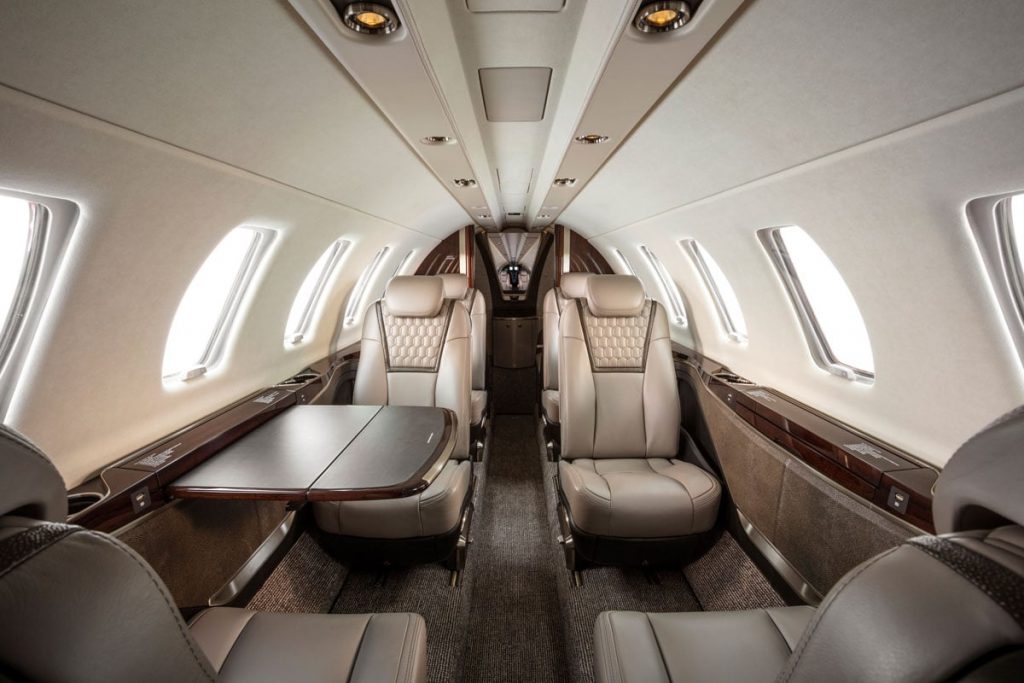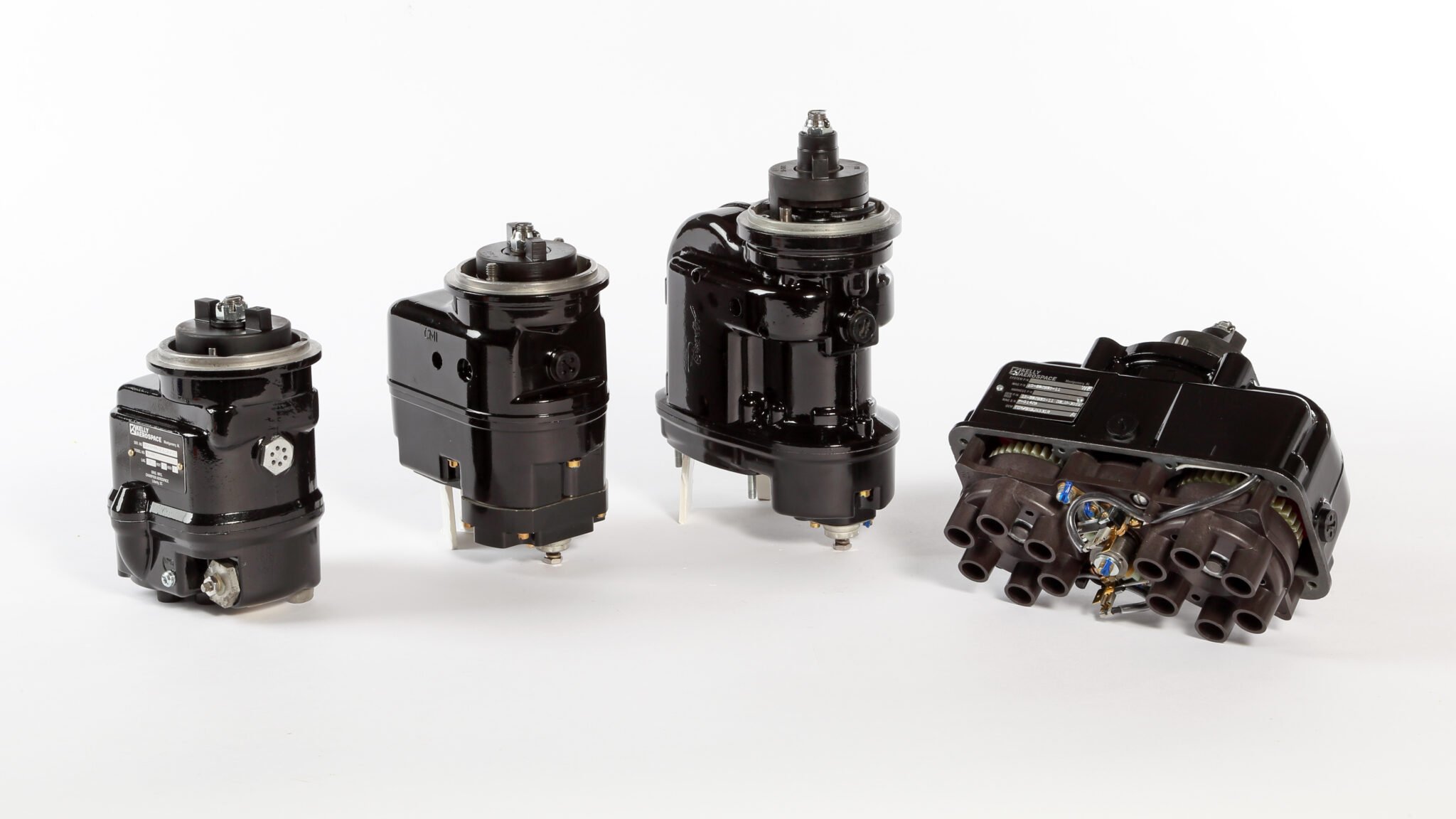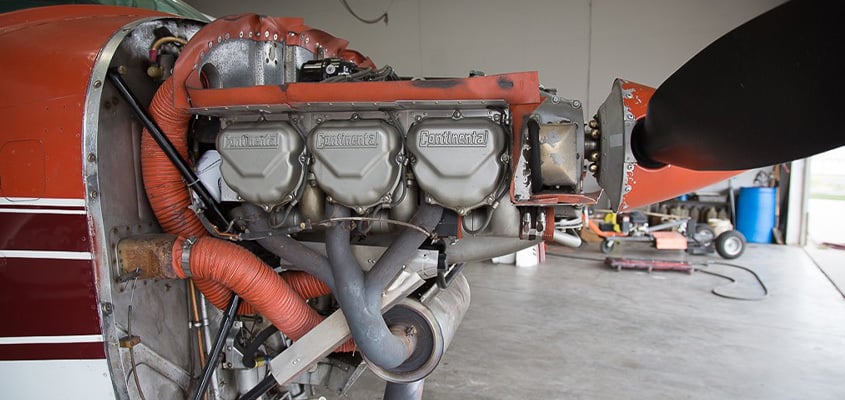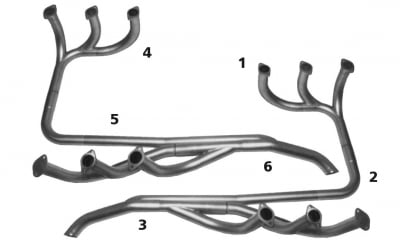Expert Tips for Maintaining Your Aircraft’s Interior: Keeping It Clean & Classy
The interior of your aircraft is more than just a pretty sight – it’s a vital aspect of your flight’s functionality and your passengers’ comfort. Whether you use your aircraft for leisure or business purposes, maintaining its interior is crucial for ensuring its longevity and enjoyable flying experience. With regular maintenance, you can prevent wear and tear, keep the interior fresh and clean, extend the lifespan of its components, and boost your passengers’ confidence in the aircraft’s upkeep. In this article, we will provide you with practical tips on maintaining and prolonging your small aircraft’s interior life, so you can continue to fly in style and comfort. For more information on keeping your aircraft running smoothly and safely.
How to Maintain and Extend the Life of Your Aircraft’s Interior
1. Use high-quality cleaning and maintenance products specifically designed for aircraft interiors.
When it comes to maintaining your aircraft’s interior, it’s crucial to use cleaning and maintenance products that are specifically designed for aircraft use. Such products are formulated to protect the materials and surfaces of your aircraft’s interior and are less likely to cause damage.
- Avoid using household or automotive cleaners, as they may contain harsh chemicals that can damage the materials in your aircraft’s interior.
- Invest in high-quality cleaning products, protectants, and other maintenance items that are approved for use on aircraft interiors. These products may include specialized cleaners for upholstery, carpets, and other interior surfaces, as well as protectants and conditioners to help prevent damage from UV rays and other environmental factors.
- Follow the manufacturer’s instructions and recommendations for proper use and application; if in doubt as to the compatibility, contact the manufacturer.
2. Clean the upholstery and carpets regularly using appropriate cleaning products and techniques.
Regular cleaning is essential to maintaining the appearance and functionality of your aircraft’s interior. Dirt, dust, and debris can cause damage to interior components over time, making regular cleaning an important aspect of maintenance.
- Vacuum the upholstery and carpets regularly to remove dirt, dust, and debris. A vacuum with a soft brush attachment can help to prevent damage to the upholstery and carpets.
- Wipe down surfaces with a damp cloth or use a recommended cleaner for specific materials such as leather, fabric, or vinyl. Be sure to rinse and dry surfaces thoroughly after cleaning to prevent any residue or water damage.
- For tough stains or spills, address them as soon as possible with an appropriate cleaning product. Leaving stains or spills untreated can lead to permanent damage to the interior components.
3. Keep the interior free of clutter and debris to avoid damage and wear.
Clutter and debris can cause damage to the interior components of your aircraft. Therefore, it’s important to keep your aircraft’s interior clean and organized to avoid damage and ensure a comfortable and safe flying experience.
- Avoid storing unnecessary items in the cabin that can cause scratches, spills, or other damage. This includes loose items such as books, electronics, and bags, as well as sharp objects that can damage the upholstery or other interior components.
- After each flight, remove any debris, trash, or loose items from the cabin. This will prevent damage and make it easier to clean and maintain the interior. Encourage your passengers to do the same and use storage compartments, organizers, and other accessories to keep the interior tidy and free of clutter.
- Consider using storage compartments and organizers designed specifically for small aircraft cabins to maximize storage space and keep items organized and secure. This can include seat-back organizers, overhead storage compartments, and floor storage compartments.
- Regularly inspect the interior of your aircraft for signs of damage or wear and tear caused by clutter or debris. Address any issues promptly to prevent further damage.
4. Use protective covers for the seats and other interior components to prevent wear and tear.
Protective covers are a simple yet effective way to extend the life of your aircraft’s interior.
- Invest in high-quality seat covers, control panel covers, and other protective covers to prevent wear and tear caused by frequent use, sun exposure, and other environmental factors.
- Choose covers that are designed for aircraft use and are easy to clean.
- For seats, consider using custom-fit covers that are specifically designed for your aircraft’s make and model.
- Consider using floor mats or carpets to protect the aircraft’s carpeting from stains, spills, and wear in high-traffic areas. Mats and carpets can be easily removed and cleaned, making them a practical and convenient solution for protecting your aircraft’s interior.
5. Keep the aircraft’s interior dry and well-ventilated to avoid mold and mildew growth.
Moisture can be detrimental to the interior of your aircraft, leading to mold and mildew growth, which can cause odors and damage to the materials. To keep your aircraft’s interior dry, take steps to prevent moisture from accumulating.
- Avoid leaving windows or doors open during rain or snow, as this can allow moisture to enter the cabin. If moisture does get inside, wipe it down as soon as possible to prevent it from seeping into the materials and causing damage.
- Use dehumidifiers or moisture-absorbing products in the cabin to control humidity levels. Proper ventilation is also crucial to prevent condensation and maintain a fresh interior. Open windows or use fans to promote air circulation when the aircraft is parked or during flight.
- During the winter months, it’s especially important to monitor humidity levels in the cabin to prevent the formation of ice on the interior surfaces. Use a hygrometer to measure the cabin’s humidity levels and take steps to control them as necessary.
- Regularly inspect your aircraft’s interior for signs of mold or mildew growth. These may include musty odors, discoloration, or a fuzzy texture on surfaces. If you notice any of these signs, take steps to address the issue promptly, as mold and mildew can cause damage to the interior materials and may pose a health hazard to passengers and crew.
6. Use shades or tinted windows to protect the interior from UV rays and excessive sunlight.
Sun exposure can cause fading, discoloration, and damage to the interior components of your aircraft. To protect your aircraft’s interior from the harmful effects of the sun, consider using shades or tinted windows.
- Sun shades can be easily installed and removed, providing a barrier between the interior and the sun’s rays. They come in different shapes and sizes, and some even have suction cups or magnets that make them easy to attach and remove. Sun shades can help protect the upholstery, dashboards, and other interior components from fading, discoloration, and cracking caused by excessive sunlight.
- Tinted windows can also block out harmful UV rays and reduce the heat inside the cabin, making it more comfortable for passengers and protecting the interior materials from damage. Tinted windows can be professionally installed and come in different shades to suit your preferences. They are also available in different materials, including laminated and tempered glass, which can provide additional protection in the event of an impact.
- Park your aircraft in the shade whenever possible, especially during the hottest part of the day. This can help reduce the amount of direct sunlight the interior is exposed to and further protect your aircraft’s interior from sun damage.
7. Check for signs of wear and tear, such as cracks, tears, and discoloration, and repair them promptly.
Regularly inspecting the interior components of your aircraft for any signs of wear and tear is essential to maintaining its appearance and extending its lifespan.
- Check for cracks, tears, discoloration, or other damage to seats, carpets, control panels, and other interior surfaces. Pay attention to areas that are frequently used or exposed to the elements, as they are more prone to damage.
- Promptly address any issues by repairing or replacing damaged components to prevent further damage and extend the lifespan of your aircraft’s interior. Delaying repairs can lead to further damage, resulting in higher repair costs and potentially compromising safety.
- Consult with a qualified aviation technician or interior specialist for proper repair techniques and recommendations for replacement parts. They have the knowledge and experience to determine the best course of action and ensure that repairs are made to the highest standards.
- In addition to regular inspections, consider scheduling periodic deep cleaning and maintenance services for your aircraft’s interior. This can help identify any issues before they become major problems and keep your aircraft’s interior looking and functioning at its best.
8. Avoid leaving the aircraft parked in extreme temperatures for extended periods.
Extreme temperatures can take a toll on your aircraft’s interior materials, leading to cracks, tears, and other damage. To minimize the impact of extreme temperatures on your aircraft’s interior components, avoid leaving your aircraft parked in extremely hot or cold temperatures for extended periods.
- Park your aircraft in a hangar or a shaded area to protect it from direct exposure to extreme temperatures. Hangars can provide protection from the elements and help regulate the temperature inside, keeping it within a safe range for your aircraft’s interior components.
- If a hangar is not available, consider using a sunshade to protect the interior from excessive sunlight and heat. In colder temperatures, consider using a heater to keep the cabin warm and prevent freezing.
- If you must leave your aircraft parked in extreme temperatures for an extended period, take steps to protect the interior materials. For example, cover the seats and other interior components with protective covers to minimize the impact of temperature changes.
9. Follow the manufacturer’s maintenance guidelines and recommended schedules for interior components.
Aircraft manufacturers provide maintenance guidelines and recommended schedules for various components, including the interior. It is important to follow these guidelines to ensure proper care and maintenance of your aircraft’s interior.
- Manufacturers’ guidelines may include recommendations for cleaning, inspections, lubrication, and replacement of interior components. By following these guidelines, you can help extend the life of your interior and prevent unnecessary wear and tear.
- Create a maintenance schedule specific to your aircraft’s interior. This schedule should include regular cleaning, inspections, and any necessary repairs or replacements.
- Consult with a qualified aviation technician or interior specialist for assistance in developing a maintenance schedule that meets the manufacturer’s guidelines and is tailored to the unique needs of your aircraft.
10. Consider regularly hiring a professional for deep cleaning and maintenance of the aircraft’s interior.
While regular cleaning and maintenance can go a long way in extending the life of your aircraft’s interior, it’s also beneficial to hire a professional for regular deep cleaning and maintenance. Investing in a professional cleaning company can provide numerous benefits, such as:
- Thorough Cleaning: A professional aviation interior specialist can provide thorough cleaning, conditioning, and maintenance services that may not be possible with regular DIY cleaning. They have specialized tools, equipment, and expertise to deep clean the interior components of your aircraft, including carpets, seats, and control panels. They can also remove stubborn stains and grime that may not be removable with regular cleaning methods.
- Expertise: Professional aviation interior specialists are well-versed in the secrets of the trade to effectively tackle those stubborn stains that can be hard to remove. They have the knowledge and experience to identify hidden issues and provide recommendations for repairs or replacements to prevent further damage.
- Scheduled Services: A professional aviation interior specialist can provide scheduled cleaning services that fit your specific needs. This ensures that your aircraft’s interior remains in good condition and functions properly for years to come.
- Cost-Effective: Investing in professional cleaning services can be cost-effective in the long run, as it can prevent costly repairs and replacements due to neglect or improper maintenance.
Invest in Professional Maintenance Services for Your Aircraft’s Interior
Maintaining your aircraft’s interior is an important aspect of owning and operating an aircraft. The tips we’ve discussed can help you keep your interior looking and functioning at its best, from using high-quality products to addressing wear and tear promptly. By taking care of your aircraft’s interior, you can enhance your flying experience and protect your investment in your aircraft. Remember, investing in professional maintenance services can provide additional benefits and help you extend the life of your aircraft’s interior even further. Don’t hesitate to seek the expertise of a professional aviation interior specialist to keep your aircraft’s interior in top condition.


